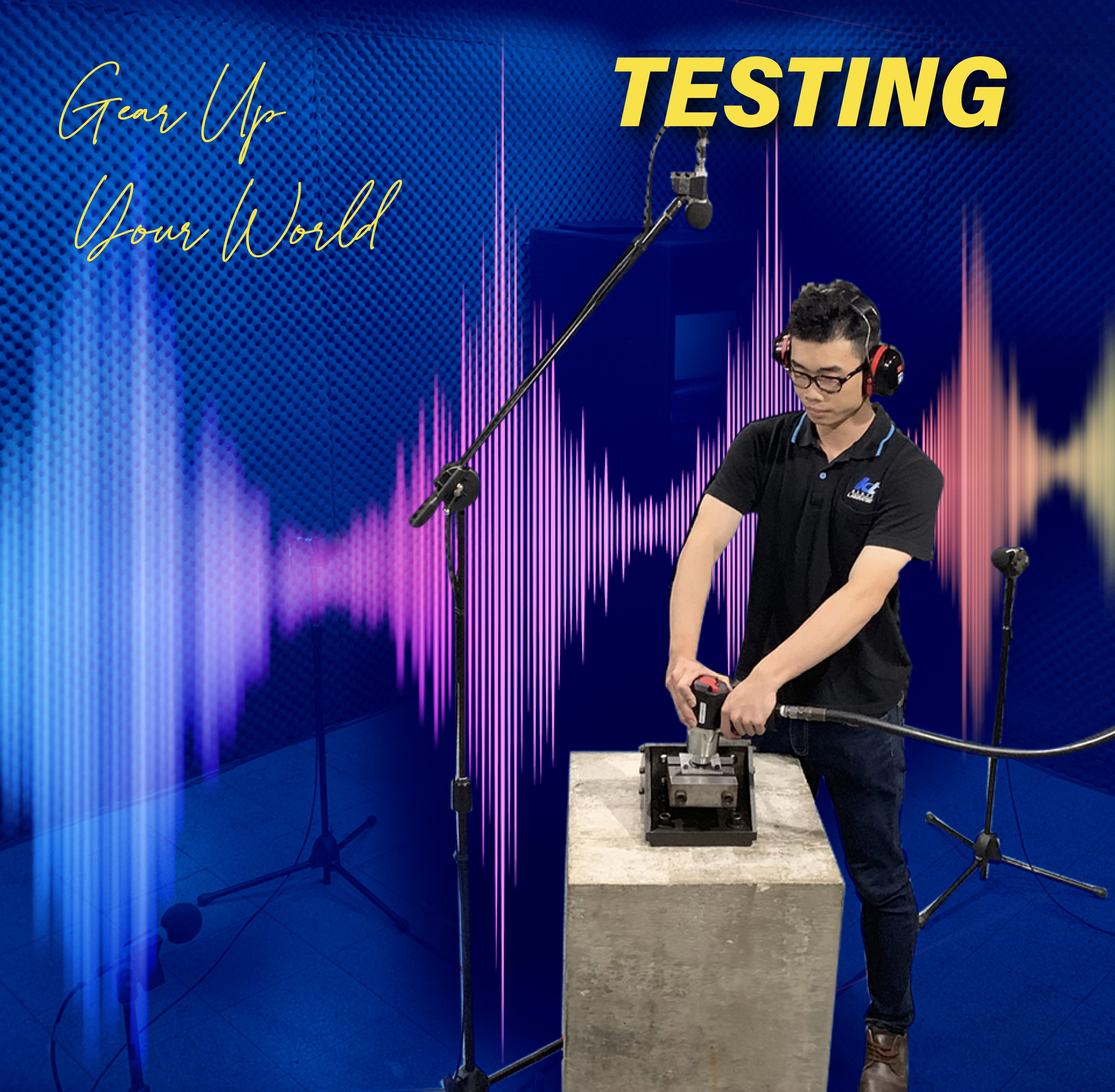Gear up your world
KUANI are striving to develop products that can be used with the minimum of effort, have the highest standard of user comfort and safety and will be manufactured in the most eco-friendly way possible.
moreKUANI are striving to develop products that can be used with the minimum of effort, have the highest standard of user comfort and safety and will be manufactured in the most eco-friendly way possible.
more




